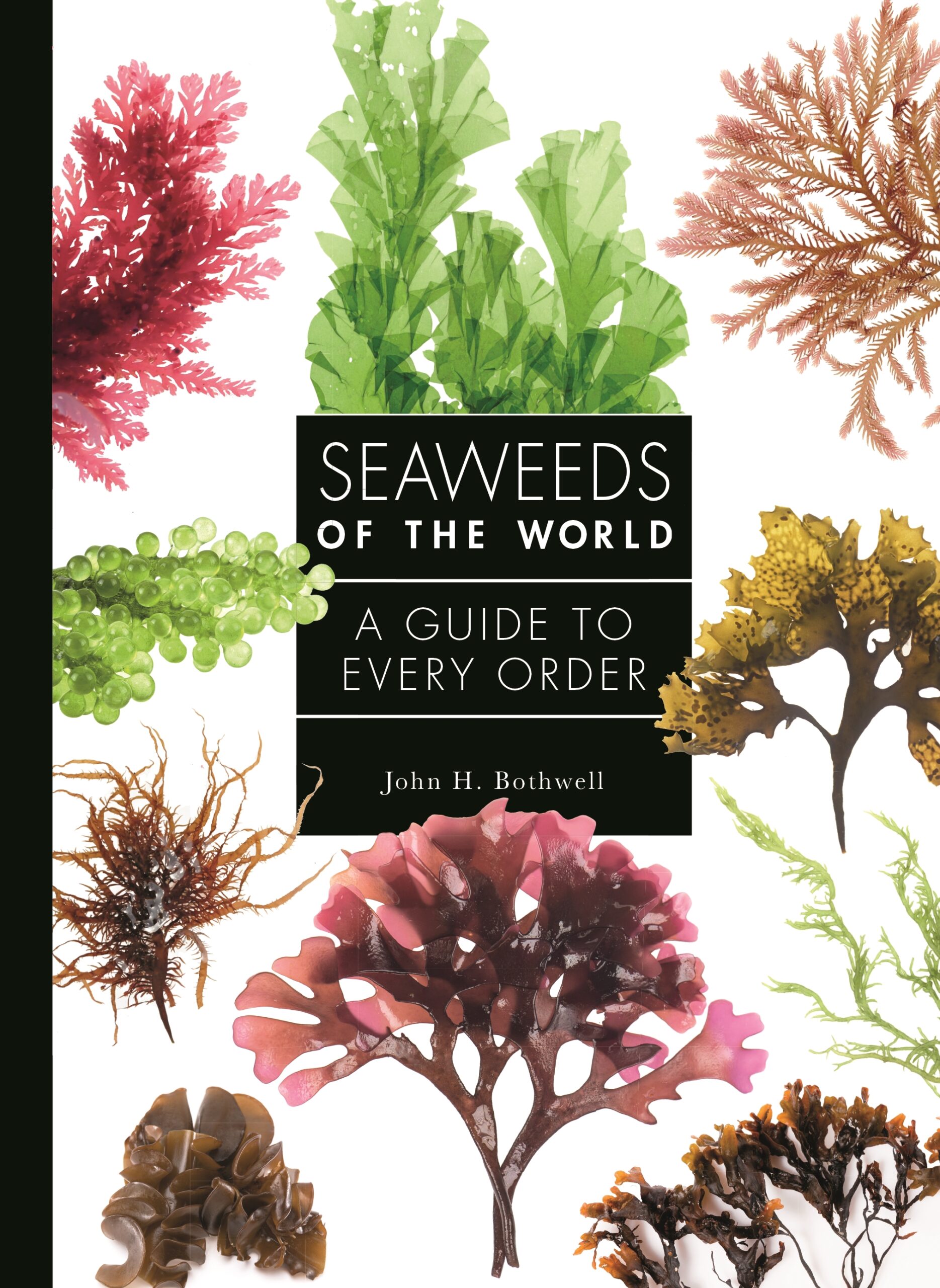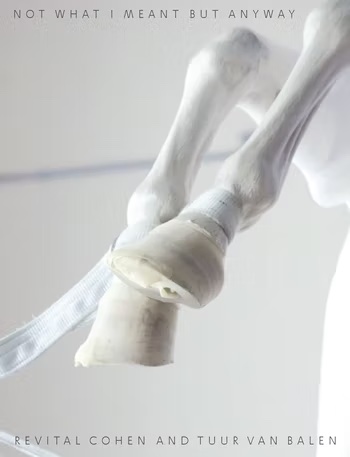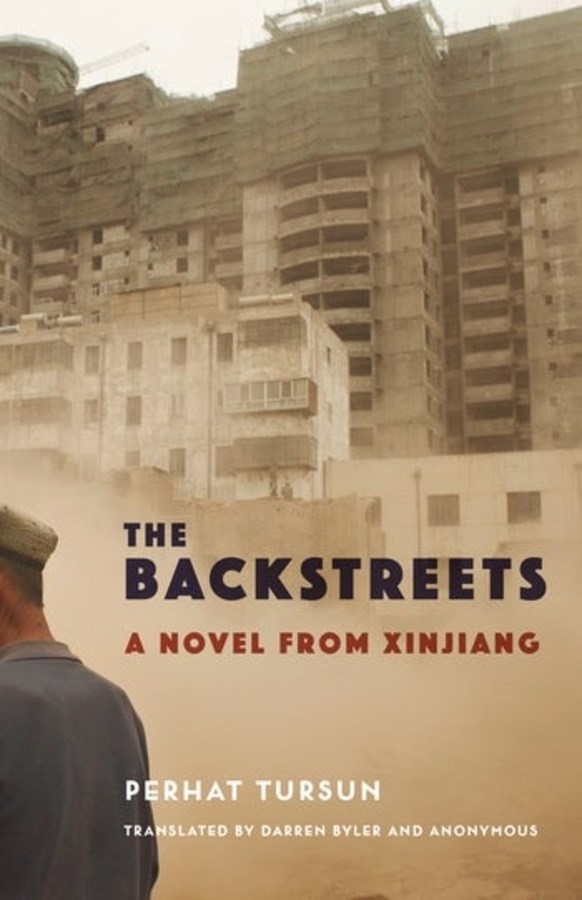Seaweeds of the World
A lavishly illustrated guide to the seaweed families of the world

A lavishly illustrated guide to the seaweed families of the world

Not What I Meant But Anyway reveals the methods and processes behind Revital Cohen and Tuur Van Balen’s work and working, prioritizing long and multidimensional research and production over its eventual outcomes.

Images of the Present Time presents nearly three years of Alain Badiou’s seminars, held from 2001 to 2004, partly against the backdrop of the war in Iraq.
Featuring some of the philosopher’s most inspiring and approachable work, Images of the Present Time is an important book for all readers interested in the practical as well as conceptual possibilities of Badiou’s thought.

This rich, colorful retrospective celebrates the offbeat, inspired, and highly original artistic career of San Francisco–born painter Joan Brown.
This exhibition catalog accompanies a retrospective exhibition of prolific San Francisco–born painter Joan Brown (1938–1990), the first significant survey of her work in more than twenty years.

The Backstreets is an astonishing novel by a preeminent contemporary Uyghur author who was disappeared by the Chinese state.

This biography from distinguished music historian Simon Morrison examines Stevie Nicks as a singer and songwriter before and beyond her career with Fleetwood Mac, from the Arizona landscape of her childhood to the strobe-lit Night of 1000 Stevies celebrations.

Judith Butler shows how COVID-19 and all its consequences—political, social, ecological, economic—have challenged us to reconsider the sense of the world that such disasters bring about.

The World Atlas of Trees and Forests offers a beautiful introduction to what forests are, how they work, how they grow, and how we map, assess, and conserve them.

Locked in Time showcases fifty of the most astonishing fossils ever found, brought together in five fascinating chapters that offer an unprecedented glimpse at the real-life behaviors of prehistoric animals.

Newly restored, this version of Theresa Hak Kyung Cha’s masterpiece honors the author’s original intentions and vision for the book. Originally published in 1982, Dictee is a classic of modern Asian American literature.
